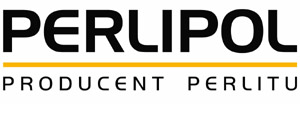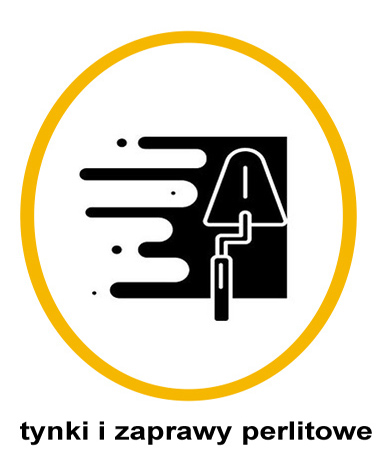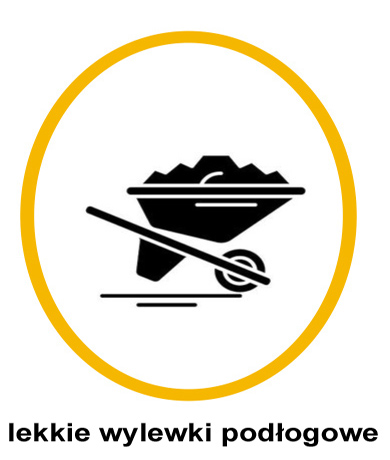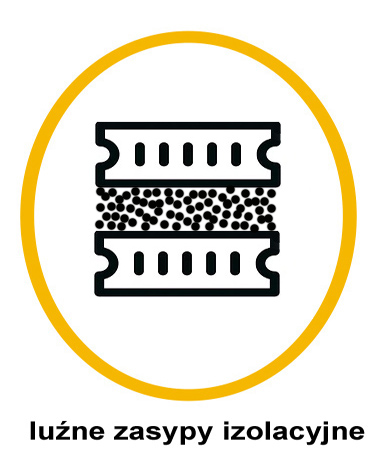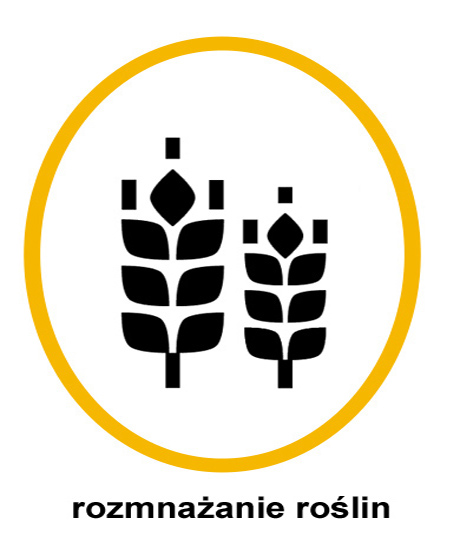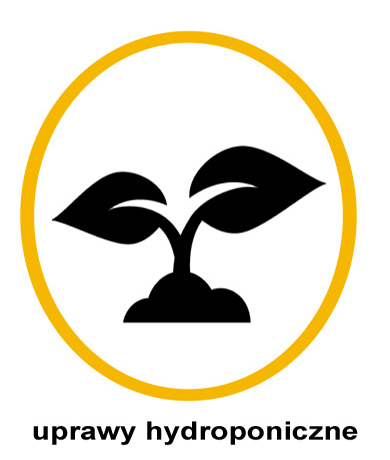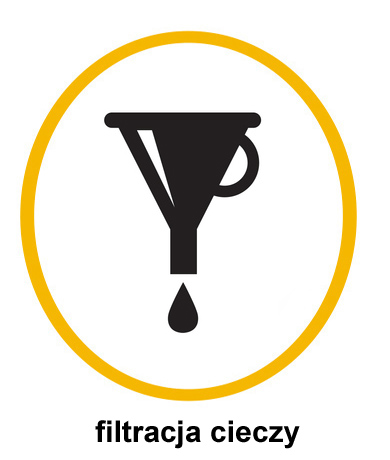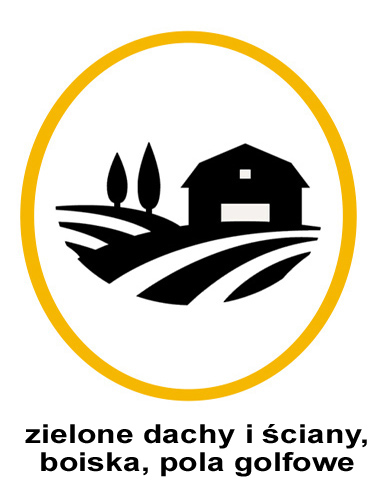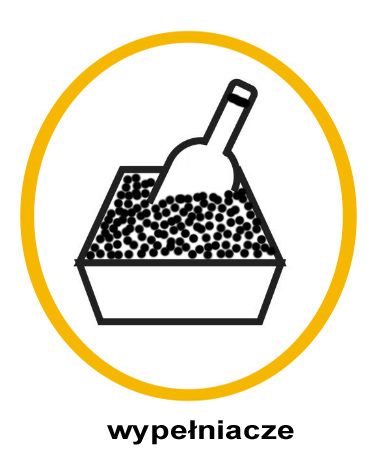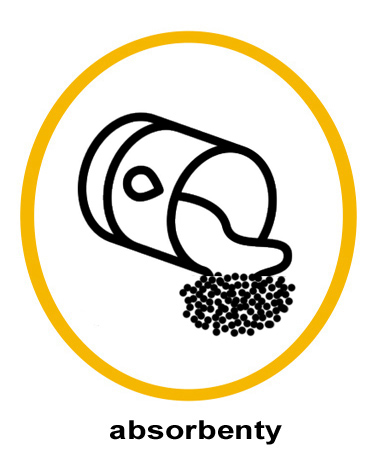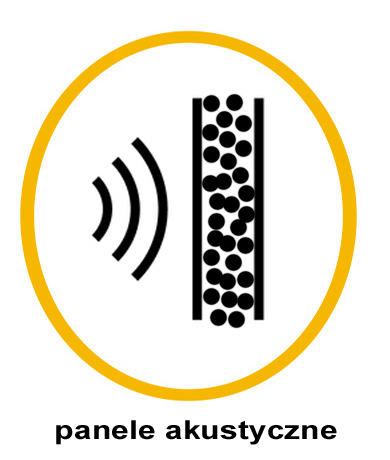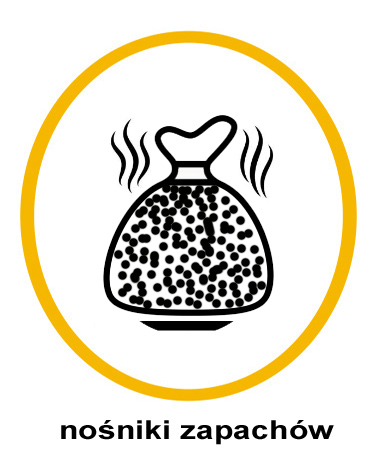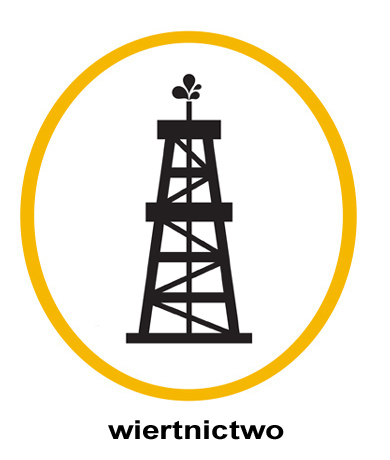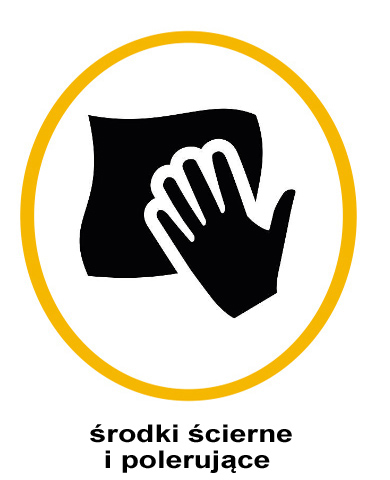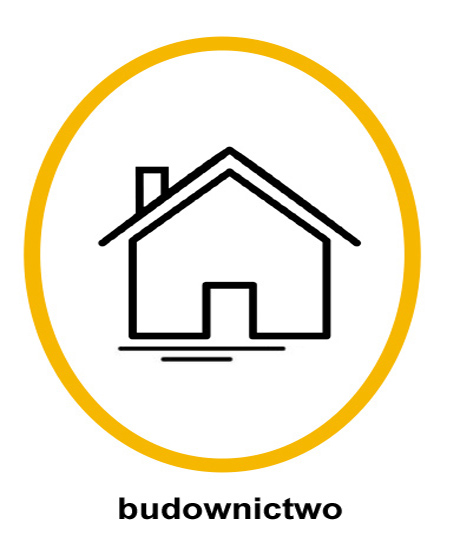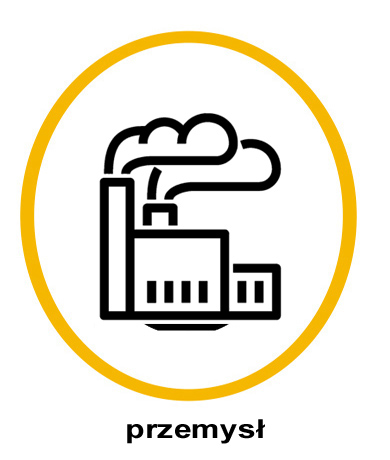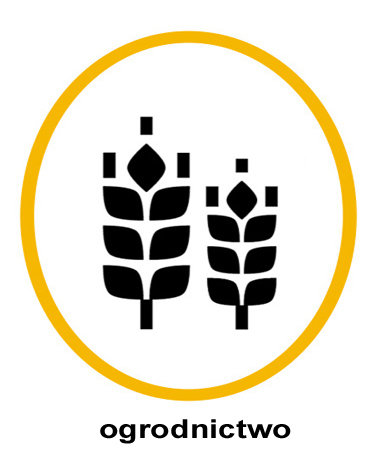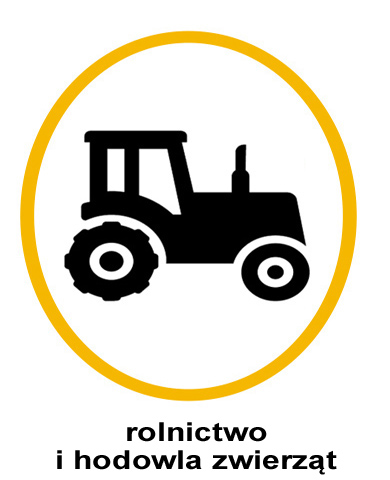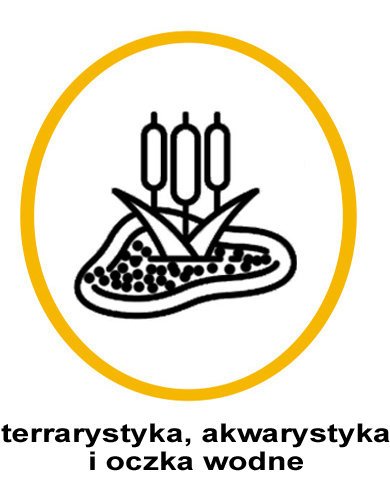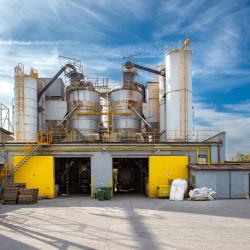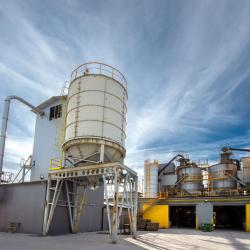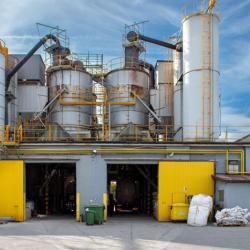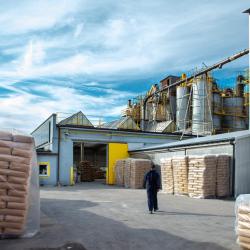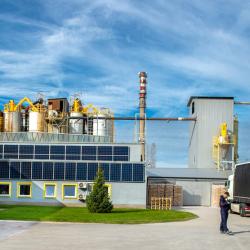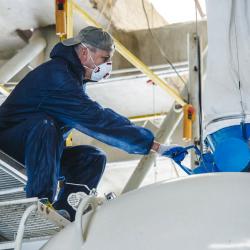The PERLIPOL company was established in 1995. In the first decade of its existence, its activity included the import of expanded perlite from Greece and Slovakia. In April 2005, the company launched a production plant in Bełchatów under a license from the Slovak company Kerko. Since 2013, PERLIPOL has also been producing expanded vermiculite, and since 2015 - hydrophobized perlite (offered under the name: hydroperl). Until November 2019, four technological lines for perlite expansion were in operation, each with a capacity of 50,000 to 100,000 cubic meters per year, which made PERLIPOL the largest producer in Poland. At the end of 2019, PERLIPOL launched the first milled (micronized) perlite production line in Central and Eastern Europe.
The company's management board consists of three co-owners: Krystyna Kuśmierek, Witold Derlatka and Jacek Benben.
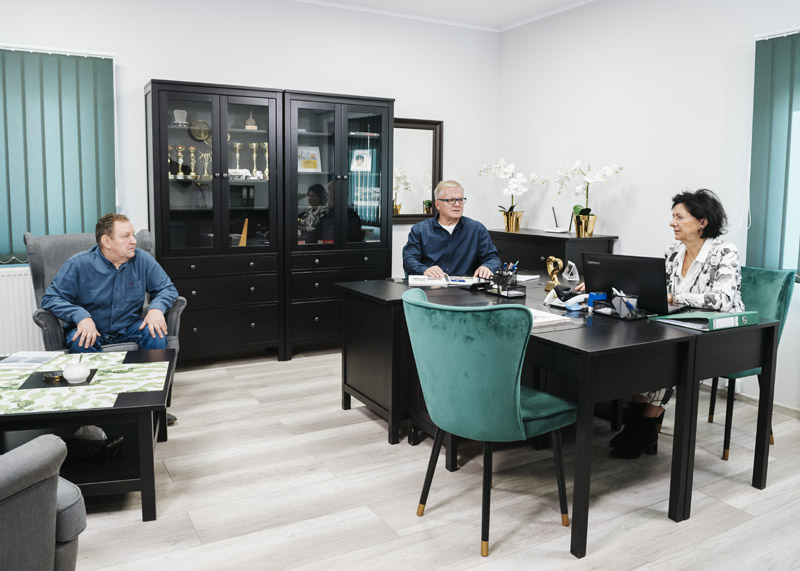
PERLIPOL is constantly improving its production processes and strives to improve energy efficiency.
The owners of the company strive to ensure that all raw materials and technological processes meet high standards, thanks to which the offered products have the correct quality parameters and competitive prices.
Since 1995, PERLIPOL has been cooperating with scientists from the Lodz University of Technology who help in the development of recipes for building products containing perlite, test product parameters and propose innovations in production technology.
PERLIPOL is the only Polish company belonging to the international organization PERLITE INSTITUTE based in the USA, associating perlite producers from all over the world and constituting a forum for the exchange of experiences of its members.
The idea behind this organization is: "Members of the Perlite Institute work together to learn the most efficient and effective ways to produce ready-to-market perlite, to build awareness of the amazing potential of perlite among target industries, and to research and then inform end-users about the properties of the mineral ".
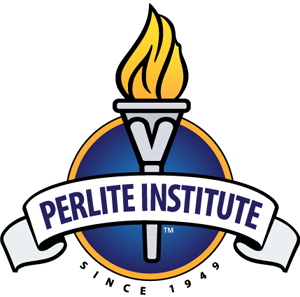
GALLERY
